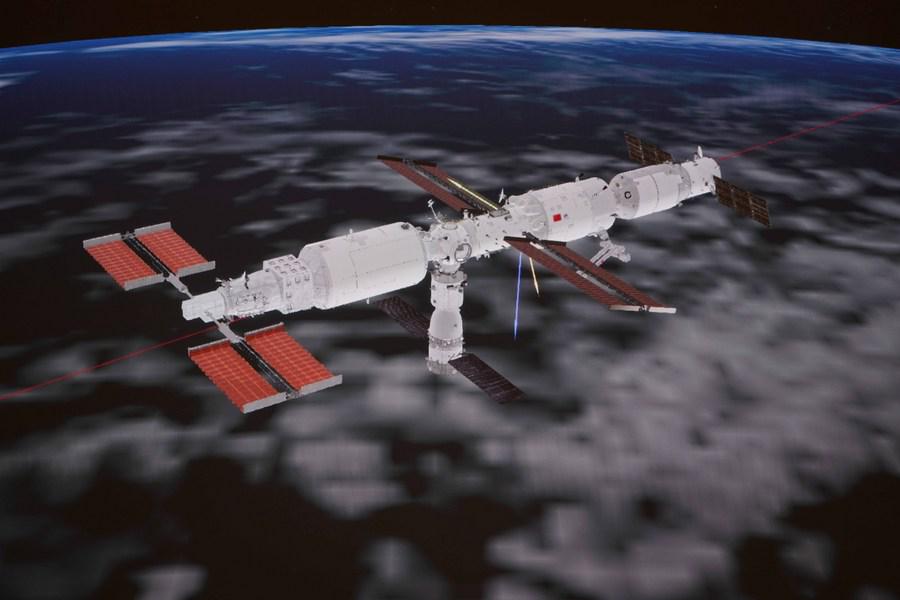In a climate of growing enthusiasm for space progress, China shed light on its future plans for the Tiangong space station during the recent International Astronautical Congress in Milan. Li Ming, spokesperson for the program, outlined a bold vision of transforming the station from a “T” structure to a more intricate “cross” or “double-T” design.symbolizing an evolutionary leap in China’s space infrastructure.
The heart of this transformation is the central Tianhe module, which is preparing to welcome new modules. This expansion will not only improve the station’s research capacity, but also symbolizes China’s commitment to consolidating itself as an influential space power. With this move, Tiangong will become a more versatile base for advanced scientific experimentsgiving scientists the resources to probe more deeply into the mysteries of the universe.
China’s space agenda also includes ambitious lunar exploration plans, with missions scheduled for 2026 and 2028 that aim to explore and possibly exploit the resources of the Moon’s south pole. These missions are key to testing technologies needed for a future permanent lunar base, underscoring the strategic importance of space innovations for China.
Complementing space efforts, The new commercial spaceport under construction at Xichang aims to facilitate an increase in the frequency of space launches, strengthening China’s ability to maintain and expand its low-orbit mega-constellations.
One of the latest news regarding the special station is the completion of one of the most advanced scientific experiments involving zebrafish. The experiment in question set new records for survival in microgravity and provided crucial data for the design of self-sustaining closed ecosystems in space. The study was jointly designed and supervised by a team of scientists from several research institutes, including the Shanghai Institute of Technical Physics and the Wuhan Institute of Hydrobiology, both under the aegis of the Chinese Academy of Sciences .
The success was made possible by an innovative closed aquatic ecosystem (CAES) on board the Tiangong, which incorporates a regenerative biological life support system, a gas balance control system and a microbial treatment system. Intelligent, automated controls in the closed ecosystem, such as an installed sensor system, monitor water quality parameters such as pH and conductivity to ensure a safe and sustainable aquatic habitat. The CAES is also equipped with a liquid pump that improves the exchange of fluids between the fish and plant cultivation chambers.
Zebrafish are widely studied in life sciences and biomedicine due to their unique advantages, including the similarity of their genetic makeup to humans, exceeding 70%. The organism’s short reproductive and developmental cycle and transparent eggs also allow scientists to study their internal characteristics as they grow. As scientists seek to further understand the various effects of microgravity on the human body, from bones to the heart and brainresearchers have found zebrafish to be an ideal model organism for such experiments.








